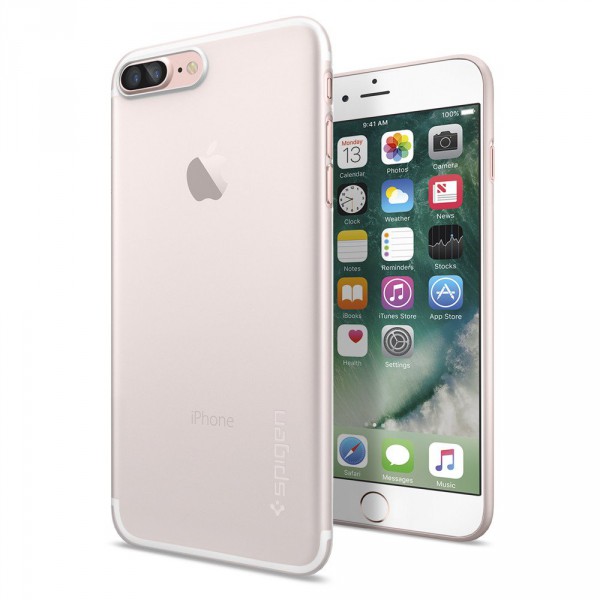
One in three iPhones in US is a Plus model
In 2014, Apple introduced the first big iPhone, the iPhone 6 Plus. Since then, the company has offered a phablet version for each new incarnation of its hugely successful device. While Apple doesn't say how many buyers prefer it over the standard model, reports show that it accounts for a significant portion of sales.
In US, the Plus models have gained considerable traction, with Consumer Intelligence Research Partners saying that they made up 35 percent of the iPhone installed base as of 31 December 2016. And their popularity is growing, as a year prior that figure stood at 25 percent.
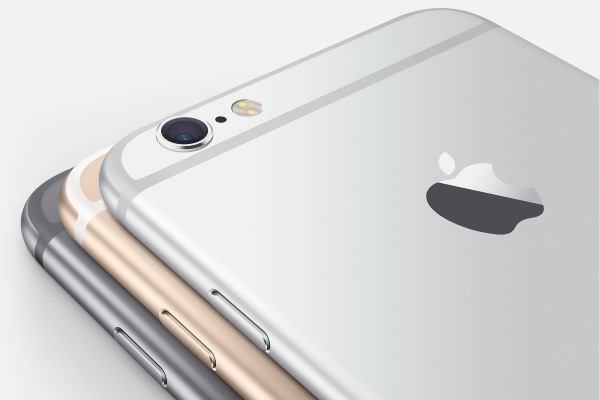
Apple launches costly repair program for iPhone 6 Plus 'touch disease'
The iPhone 6 Plus' so-called "touch disease" has been known about for some time now, but Apple has only just got around to launching a repair program -- the Multi-Touch Repair Program for iPhone 6 Plus.
But in addition to taking its sweet time in getting round to addressing the issue, Apple is set to upset large number of users by charging them $149 for the privilege.
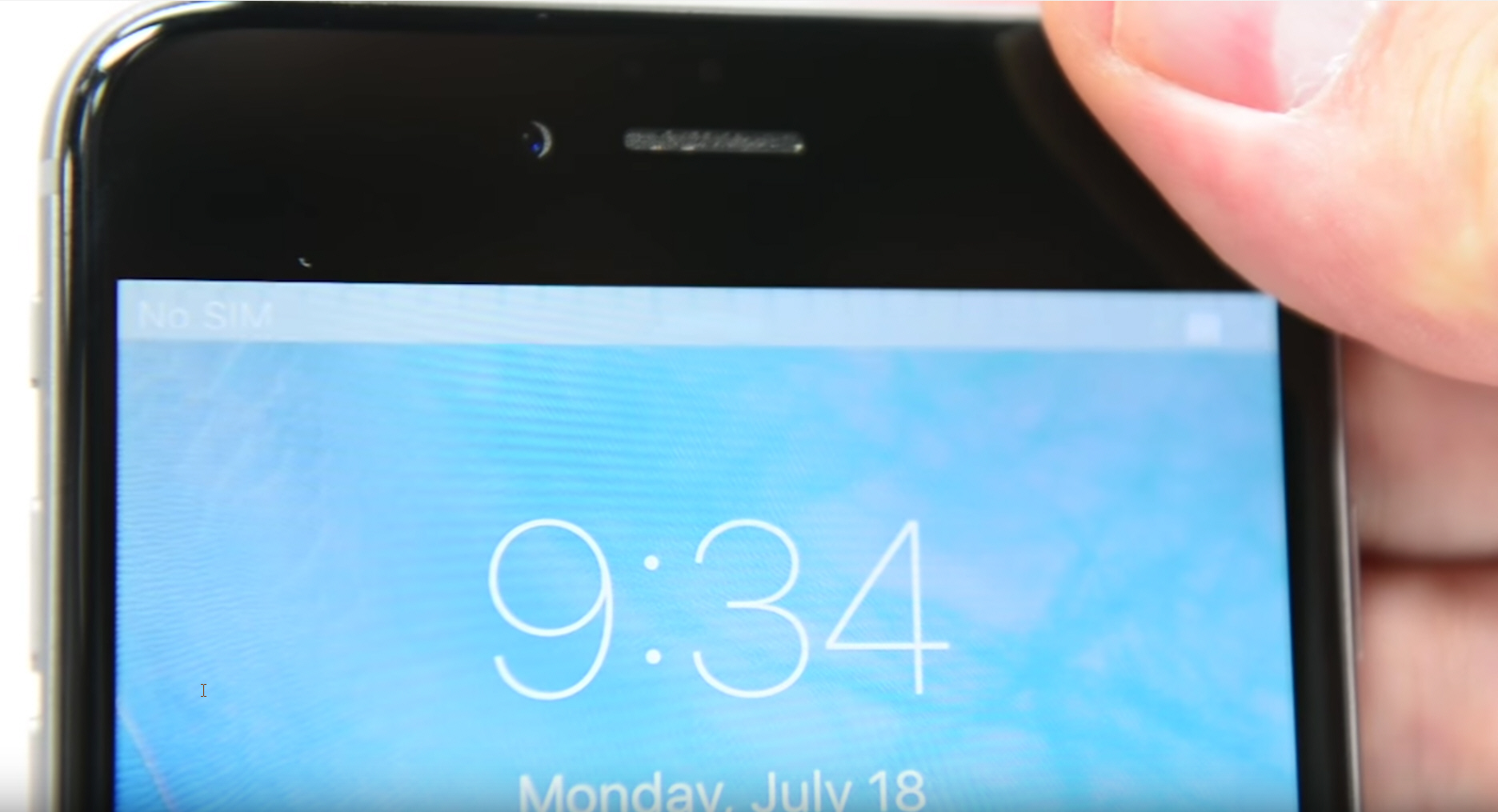
'Touch Disease' breaking Apple iPhone 6 and 6 Plus screens -- millions of devices at risk
The iPhone is a great device, but a growing number of users are reporting a problem that affects the iPhone 6 and 6 Plus.
Nicknamed "Touch Disease" by repair specialists iFixit, the problem starts with a flickering gray bar at the top of the screen and reduced touch functionality. Over time the bar spreads and eventually the whole screen stops responding to touch.

popSLATE 2 adds a smart second screen to your iPhone -- and it looks amazing [Updated]
Update: Despite raising over $1 million in funding, iPhone E-ink case creator popSLATE closes down
At BetaNews we get bombarded with Indiegogo and Kickstarter campaigns on a daily basis, the vast majority of which we never cover. Occasionally though, we see something that really makes us sit up and pay attention. popSLATE 2 is such a project.
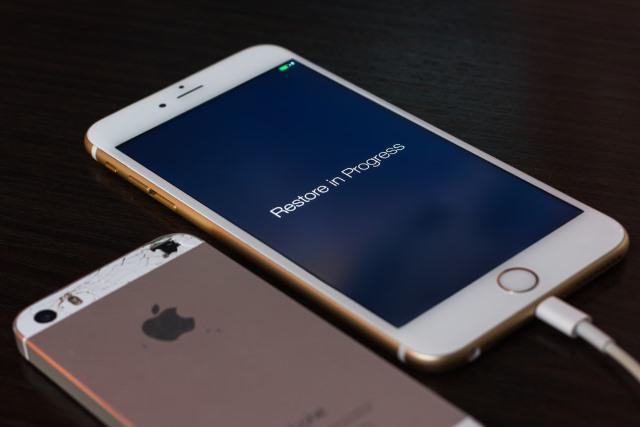
What's really behind iPhone Error 53 -- and how can you fix it?
If you have an interest in Apple, or smartphones in general -- or even if you just follow tech news -- you can't help but have heard about the Error 53 problem that's affecting some iPhone users. In short, it seemed that people who had used non-authorized repairers to fix their home button ended up with a bricked phone after installing the latest iOS update.
This led to vocal outcries from not just upset iPhone owners, but also the tech community as a whole. Apple responded by saying that Error 53 was to "protect our customers", but what’s the real story? Is Apple really penalizing people who don’t take their iPhone to an Apple Store for repair? And, more importantly, what can you do if your iPhone has been bricked by Error 53?

Why Apple's future failure is certain
Idiots will flame this post "clickbait". It's how they draw attention to themselves, to inflate their egos; others mistakenly will assign motivation to my writing—e.g., for pageviews, when I couldn't care less about them. But I do care about Apple, as a longstanding customer (starting in December 1998). As a journalist, I developed a reputation for hating the company (I don't) so long loved because my stories aren't kiss-ass fanboyism. What's that saying about being hardest on the ones you love most? Kind I am not.
Today's theme isn't new from me and repeats my analysis that Apple has strayed far from the path that brought truly, disruptive innovative products to market. In 2016, the company banks on past successes that are not long-term sustainable. We will get a glimpse after calendar fourth quarter 2015 earnings are announced on January 26th. You will want to watch iPhone and international sales, particularly emerging markets. For analysis about that and more jump to the second subhead; the next one is for idiot clickbait accusers.

Blame 3D Touch for the iPhone 6s, iPhone 6s Plus' weight gains
The new iPhone 6s and iPhone 6s Plus have not only gained a better display, better cameras, a faster processor and stronger casing, but also a bit of weight and thickness compared to their predecessors. However, to paraphrase South Park's Eric Cartman, the new iPhones are not fat, they're big boned.
Apple did not explain why its latest iPhones are heavier during the keynote, but the common assumption has been that it is caused by the more bend-resistant aluminum alloy used for their casings. However, environmental reports on the new flagships disprove this theory, while revealing where the actual weight difference comes from.
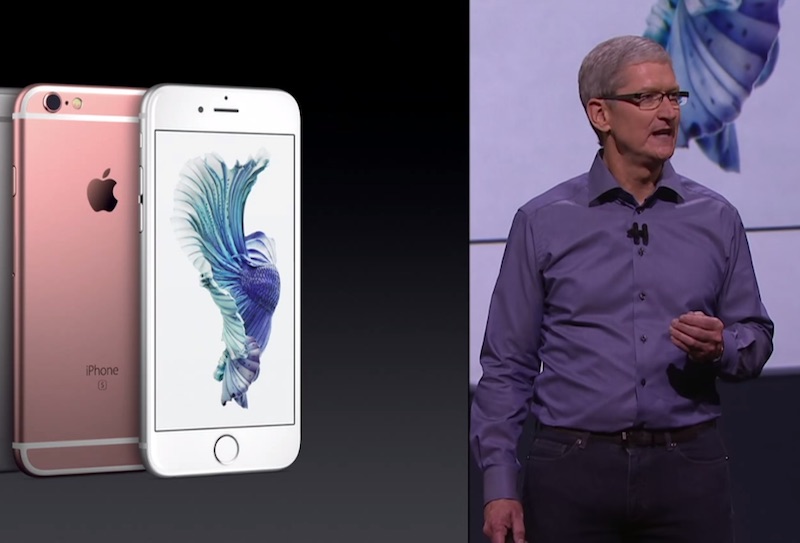
iPhone 6s and 6s Plus are already a hit, Apple expects to sell more than 10 million on launch weekend
The iPhone 6s and the iPhone 6s Plus have received an overwhelming response from buyers. The Cupertino-based company on Monday said that it is on pace to beat last year's iPhone first-weekend record of selling more than 10 million iPhone models.
"Customer response to iPhone 6s and iPhone 6s Plus has been extremely positive and preorders this weekend were very strong around the world", the company told CNBC in a statement. "We are on pace to beat last year's 10 million unit first-weekend record when the new iPhones go on sale September 25".
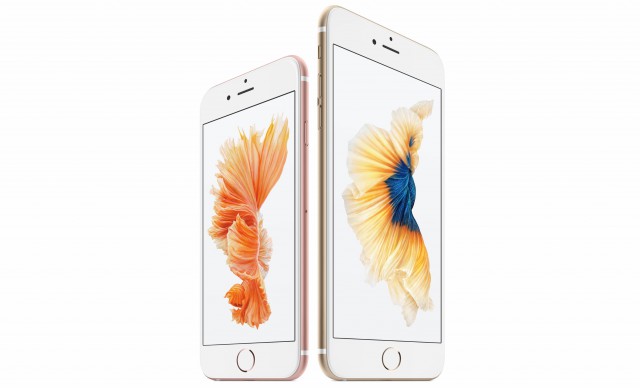
Apple takes the wraps off iPhone 6s, iPhone 6s Plus
We have come to expect new iPhones to be introduced in September, and today Apple does not disappoint as it takes the wraps off the new iPhone 6s and its bigger brother, iPhone 6s Plus. Typical of "s" models, both smartphones retain the design first seen in the previous generation while improving upon their predecessors in a couple of key areas.
With the iPhone 6s and iPhone 6s Plus, Apple has focused its attention on build quality, cameras, display, and performance. Both flagships, of course, ship with a new version of iOS, which will be generally available later this month, on September 16.

If the iPhone empire is collapsing, Apple should be pleased
Even when Apple is doing great, some people believe the company is in trouble. Just a few days ago, my colleague Joe Wilcox wrote Collapse of the iPhone empire, in which he explains how the brand that has made Apple so successful could just as easily fall from grace with consumers. Right now, however, this could not be further from the truth.
More than a quarter of smartphone buyers across Europe have dumped Android smartphones for iPhones in the three months ending July 2015, leading to a boost in market share to 17 percent, up from 14.5 percent over the same period a year prior. And Apple has not even launched its new iPhones yet, which could spell even more trouble for premium Android vendors.
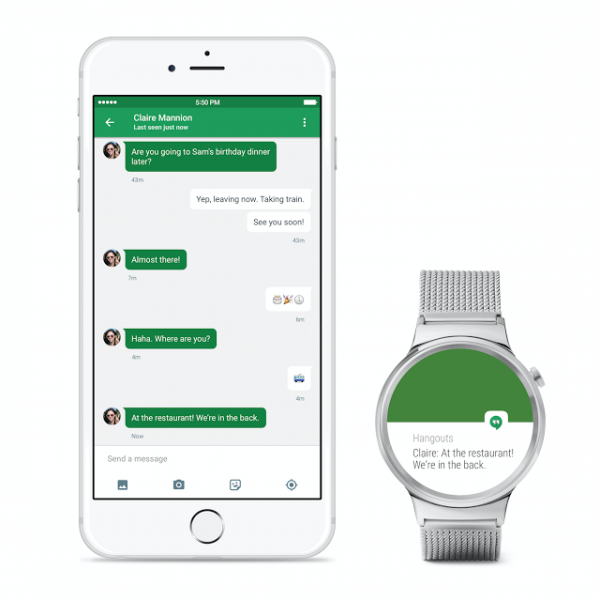
Android Wear now supports iPhones -- is Apple Watch's dominance threatened?
With just 11.3 percent market share, Android Wear is not exactly a strong competitor for Apple Watch, which dominates the smartwatch space with 75.5 percent of all shipments. One of the reasons why Android Wear adoption is not as strong has been the lack of support for iPhones. This, however, should not be a problem any more.
Google today announces that Android Wear devices are now finally, and officially, compatible with iPhones, releasing the much-awaited iOS companion app on Apple's App Store. Here is what you need to know about it.
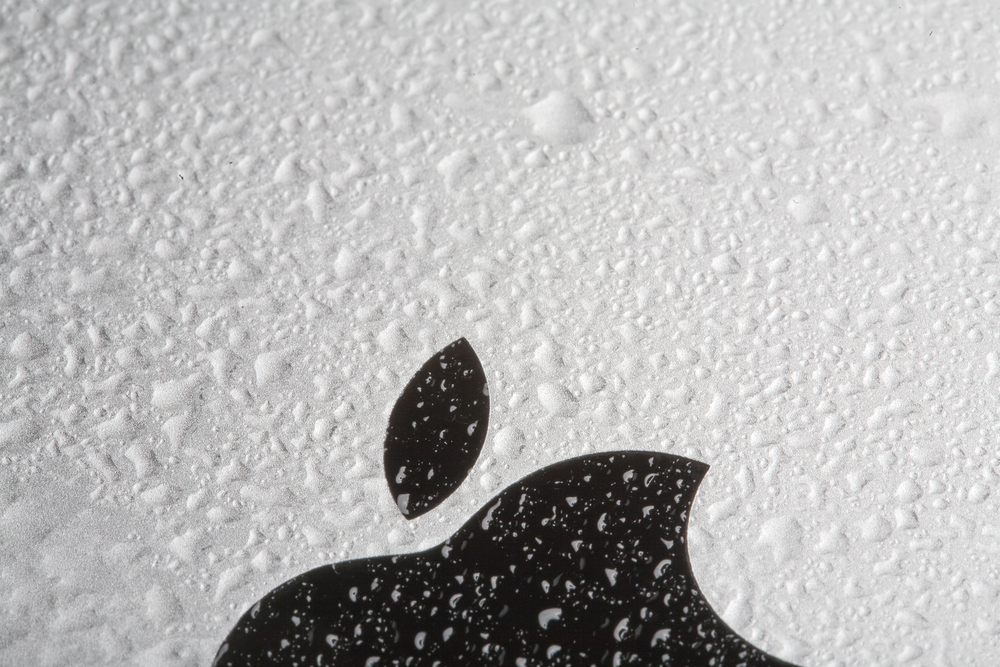
Collapse of the iPhone empire
On September 9, Apple will hold a media event, where, presumably, the next-generation iPhone(s) will be unveiled. The company announced new handsets the same date last year, the 10th in 2013, and the 12th in 2012. But as the big reveal approaches, shadows rise over iPhone's future: China's slowing economy; smartphone saturation in core markets; lower selling prices in growth geographies; the end of cellular carrier subsidies in the United States, and, most serious of all, the "good enough problem".
iPhone rode a perfect storm of success, raising Apple's fortunes like a tsunami crashing down on competitors. This fact cannot be emphasized enough to illustrate how the bitten fruit logo company's fortunes could fall as quickly, and as dramatically, as they rose. All the while, Android grows from swell to monsoon.

Apple launches free replacement program for defective iPhone 6 Plus iSight cameras
Complaints about the camera of the iPhone 6 Plus have been plentiful, and Apple has finally acknowledged that there is a problem. It's not something that affects all iPhone 6 Plus owners, but the company says that phones manufactured between September 2014 and January 2015 could include a failed camera component.
Apple has set up a replacement program which enables those with problems with the rear camera to obtain a replacement. Before you get too excited, it is just replacement camera components that are on offer, not replacement iPhones. You'll need to check to see if your phone is eligible at the program website.
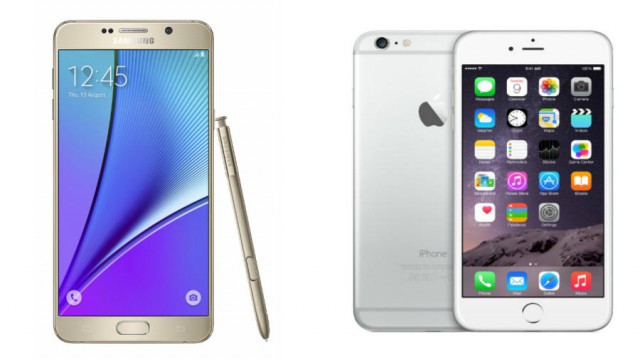
Samsung Galaxy Note 5 vs Apple iPhone 6 Plus: Which is best?
Samsung has officially announced the Galaxy Note 5, the newest phablet on the market. With a few new changes, can the Galaxy Note 5 stand up to the extremely popular iPhone 6 Plus?
Samsung and Apple are arguably pushing out the most well designed smartphones in the industry. After a slump for a few years, Samsung has found its stride with the dual-glass design and metallic frame.
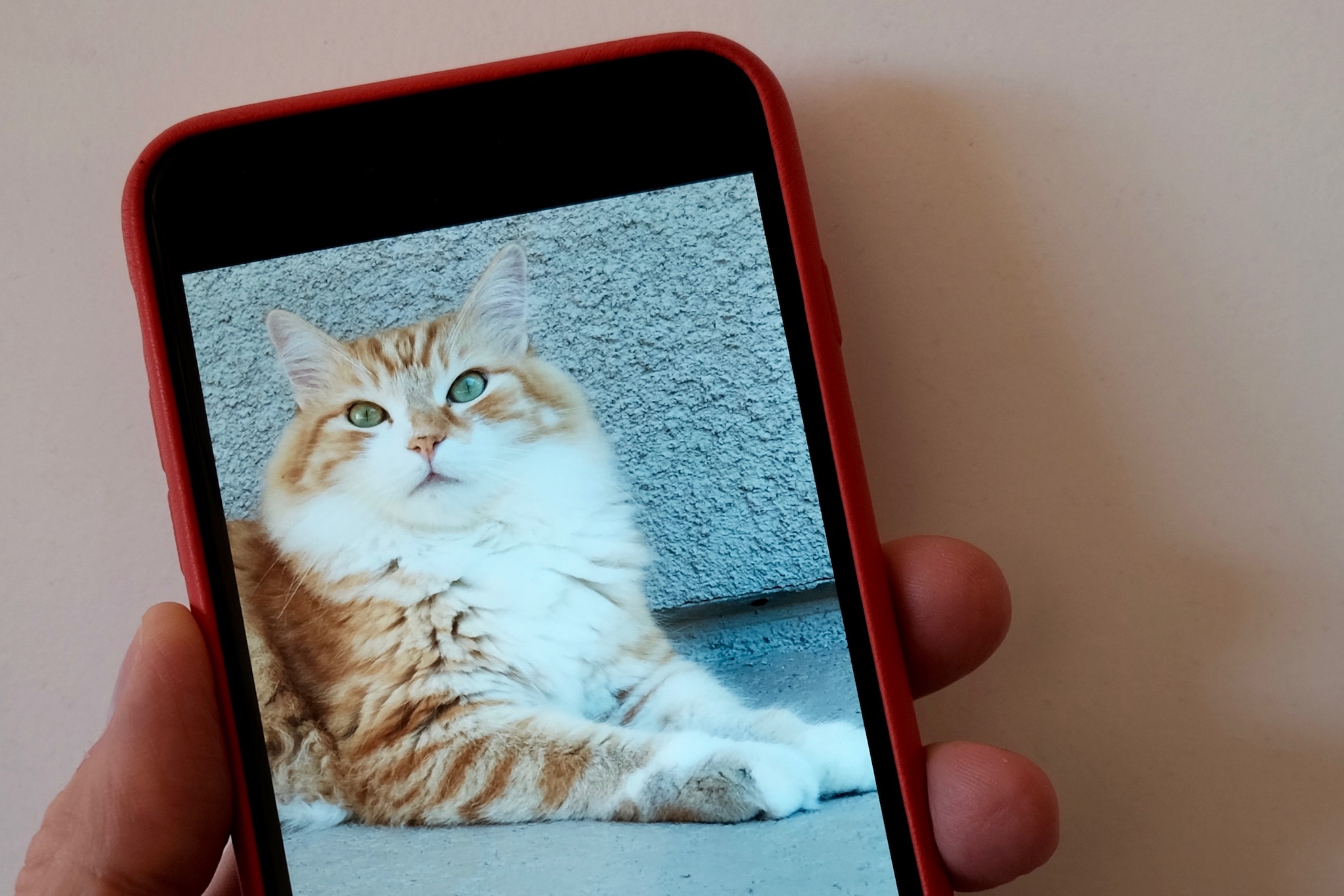
iPhone 6 Plus balances benefits [Review]
Sometime within the next few weeks, Apple should announce successors to iPhone 6 and 6 Plus, and my review of the latter device is long overdue. Let's get to it finally and present the key finding first: If size matters, as in you want a phone with larger screen but that doesn't feel humongous, the 5.5-inch iPhone 6 Plus is a worthy choice. By measures that matter most—benefits from apps, calling, camera, data, performance, screen, and storage—the phablet is best of class.
As expressed in my iPhone 6 review, I regretted not buying the larger device after handing it. The Plus is big, but not overly large for my tastes. Hell, I bought Motorola-made and Google-branded Nexus 6 in January 2015 to replace iPhone 6; the screen is even bigger than Plus, at whopping 6 inches. I gained great value using either of the larger handsets, but gave up one for the other.
